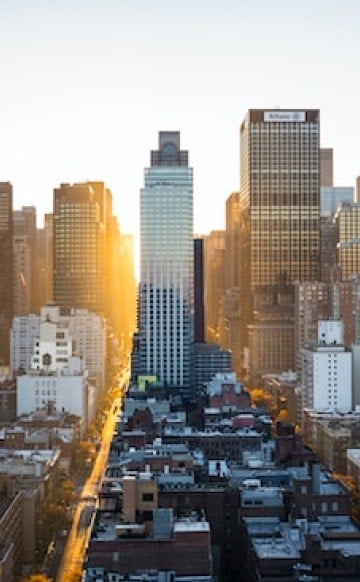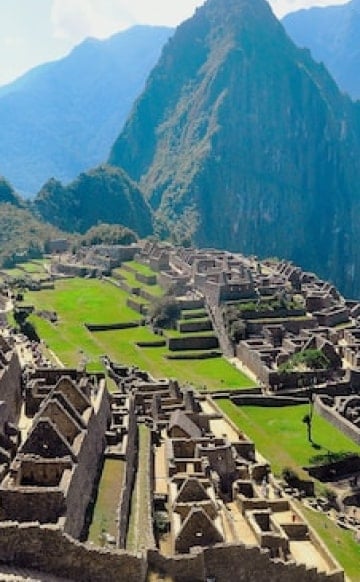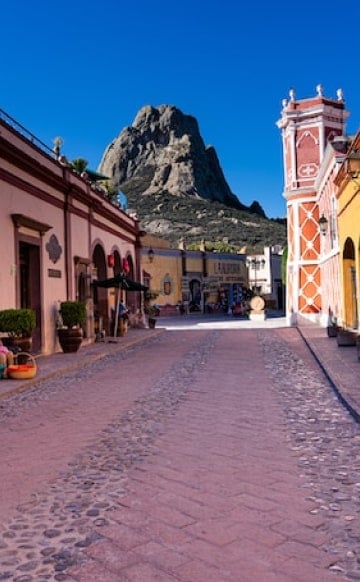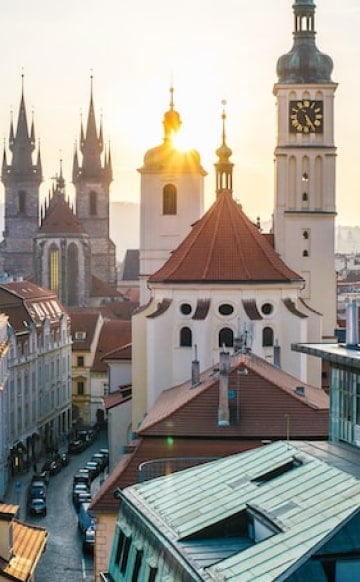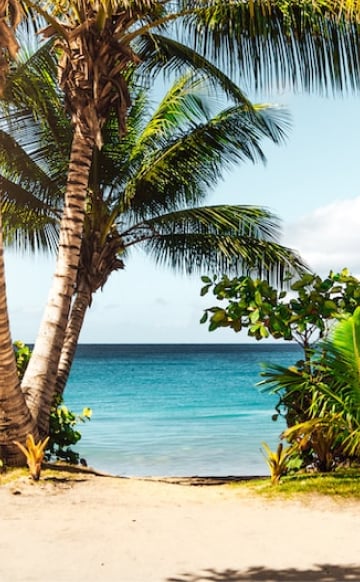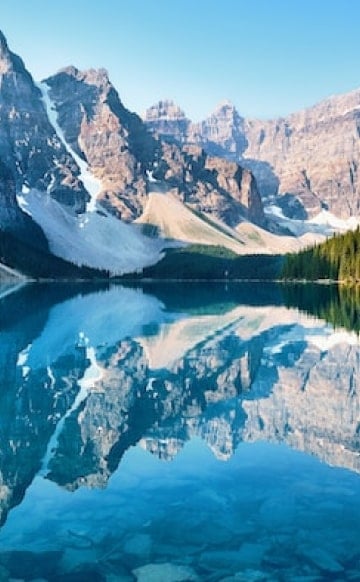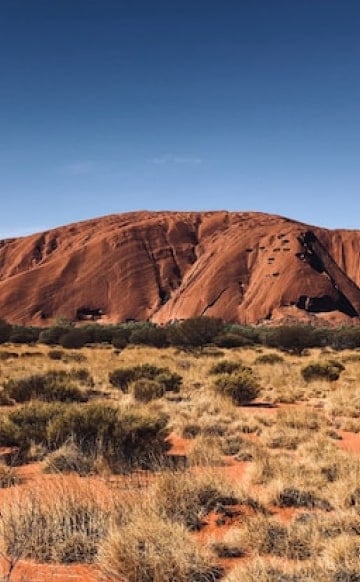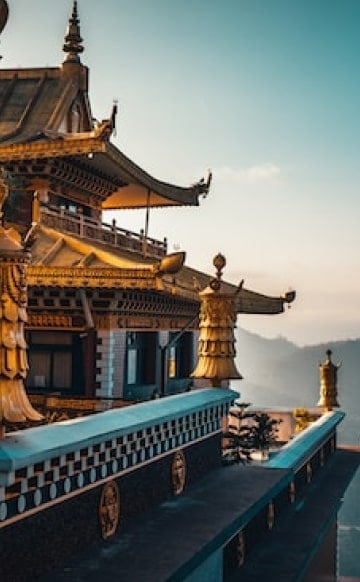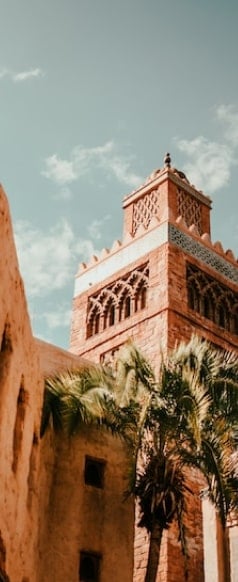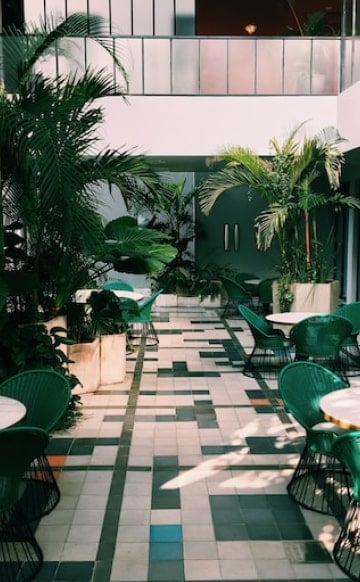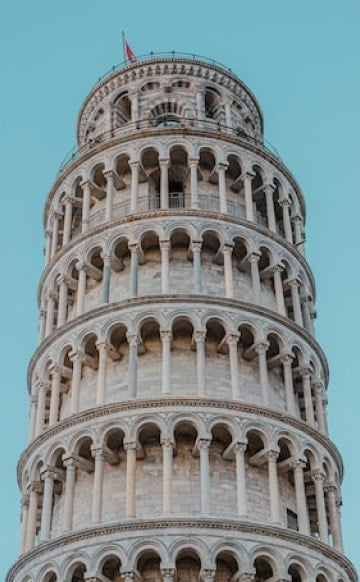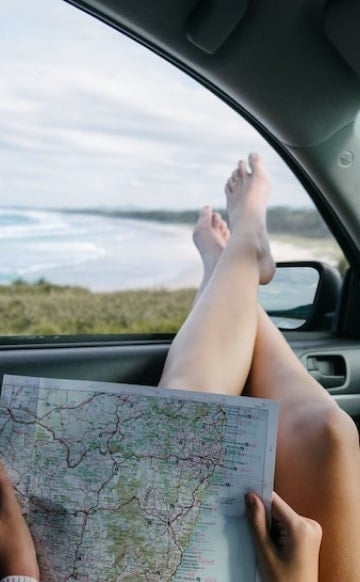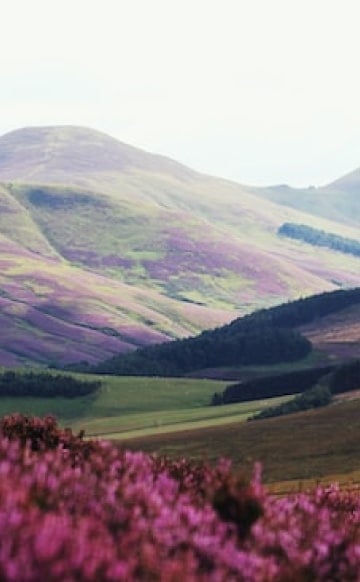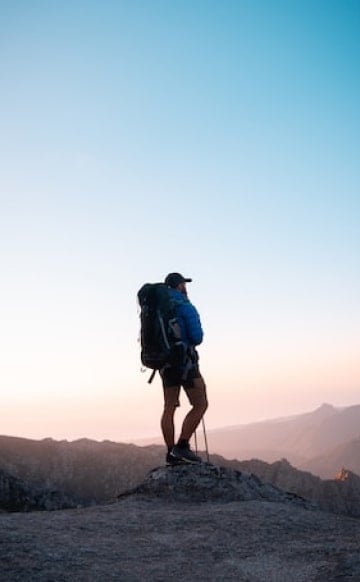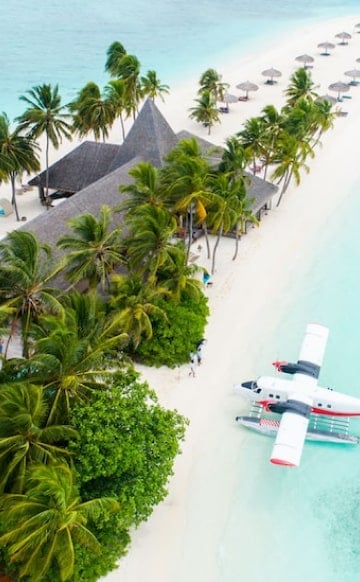When it comes to Utah, it’s all about outdoor adventures and soaking up magnificent scenery, though the state is also home to a variety of exciting cities offering outstanding cultural attractions too. If you’re planning to visit Utah, consider spending some time in these especially spectacular places.

Moab
Moab is an ideal place to base your stay if you want to explore some of Utah’s most stunning landscapes. This area is a vast outdoor playground for hikers, mountain bikers, paddlers and climbers, while the town itself has become increasingly popular as of late for foodies and wine enthusiasts, with wineries nestled among fiery red sandstone canyons, as well as restaurants serving dishes based on locally-sourced foods. Nearby is Arches National Park, a unique destination home to more than 2,000 sandstone arches as well as giant pinnacles, massive fins and large balanced rocks that teeter on pedestals. Many of the arches frame the sky with their peek-a-boo windows across the colorful landscape of fiery red, brilliant orange and an array of pinks, purples, browns and even shades of aquamarine.
Canyonlands National Park is also just a short drive from Moab and offers hiking, mountain biking, backpacking, four-wheeling, kayaking and rafting, with the chance to enjoy them while taking in the practically endless colorful landscape with its canyons, buttes and mesas lined along the Colorado and Green Rivers.

Zion National Park
Zion was Utah’s first national park, and is one of the state’s most popular attractions, particularly with outdoor enthusiasts. It offers some of the most magnificent vistas and hiking opportunities in America’s southwest, boasting dramatic rock formations, beautiful waterfalls, deserts, a narrow slot canyon and soaring cliffs made of sandstone in hues of red, pink and cream. The Narrows, a gorge with walls that rise 1,000 feet and a river running through, is one of Zion’s highlights and can be viewed with an easy hike along the paved Riverside Walk for a mile from the Temple of Sinawava. The more adventurous can travel beyond, through the Virgin River, which sometimes involves wading upstream. The park is also popular for climbing, biking, canyoneering, bird watching, boating and horseback riding.

Park City
Park City, located in northern Utah, is world-renowned for its skiing, with three major ski resorts offering skiing and snowboarding nearby: Deer Valley Resort, Canyons Resort and Park City Mountain Resort Park. Even if you aren’t into gliding downhill, the resorts offer a variety of fun activities in the snow, including an Alpine Coaster that will whiz you through more than a mile of loops and curves at speeds of 30 miles per hour while you take in the spectacular snow-covered mountain scenery, as well as ice skating, tubing, snowshoeing, snowmobiling and even bobsledding. The city has also become a major hub for the Sundance Film Festival, the largest independent film festival in the U.S., and in the warmer months, there are biking and hiking trails to explore. Year-round enjoy soaking in hot springs, shopping at the many factory outlet stores, and taking part in nightlife at the clubs and bars.

Bryce Canyon National Park
Bryce Canyon National Park is one of the most awe-inspiring areas in the southwest. It’s actually not a canyon, but the edge of the Paunsaugunt Plateau, where intricately carved towers and archways of stone glisten in a stunning array of colors under the intense rays of the sun. One of the most unique spots on the planet, the thousands of hoodoos that dot the landscape appear as if they’re trees of stone. Bryce Amphitheater, one of a series of “breaks” eroded into the eastern slope of the plateau, is the most visited area of the park, with many of its most famous structures located here. There are a multitude of hiking trails throughout the park with treks for all skill levels, along with guided moonlight hikes, telescope stargazing and other ranger programs to take advantage of.

Lake Powell
Lake Powell is located on the Colorado River, stretching for nearly 200 miles from northern Arizona into southern Utah, backing up behind Glen Canyon Dam with numerous side canyons that form a jagged 1,900-mile shoreline. The second-largest man-made reservoir in the country, it boasts some amazing landmarks, like Rainbow Bridge, one of the largest natural bridges in the world, along with over 90 canyons, some of which house Anasazi ruins. In this recreational paradise, visitors can take in majestic panoramic views from Glen Canyon Bridge, the highest single steel-arch bridge on Earth, take a guided boat tour to visit Rainbow Bridge or rent a kayak or motorboat to go exploring independently.

Salt Lake City
Not all of the state’s best offerings have to do with outdoor recreation. Salt Lake City, Utah’s capital, situated between the Wasatch and Oquirrh Mountain ranges, offers scenic beauty along with a wide variety of cultural attractions. Visitors can search their family history at the Family History Library, the largest library of its kind in the world with access to over 2.4 million rolls of microfilmed genealogical records in this self-proclaimed “Genealogy Capitol of the World,” check out Temple Square, visit indie film houses and museums. Some of the city’s most popular tourist attractions include the Natural History Museum, Hogle Zoo, which hosts a variety of animal exhibits including lions, giraffes, sea lions, polar bears, grizzlies, elephants and more, as well as the Living Planet Aquarium, with its crowd-pleasing creatures like Gentoo penguins, sharks and rays.

Vernal and Dinosaur National Monument
Dinosaur National Monument, situated on the southeast flank of the Uinta Mountains on the border between Colorado and Utah at the confluence of the Green and Yampa Rivers, is home to the largest quarry of Jurassic Period dinosaur bones ever discovered. Carnegie Quarry is an internationally-renowned site with nearly 1,500 visible dinosaur fossils along with multiple interactive exhibits, and the surrounding land features multiple petroglyphs that offer a glimpse into early cultures. You’ll also find miles and miles of hiking trails for exploring the dramatic scenery, and as the Green and Yampa Rivers cross here, river rafting is available too. The area hosts campgrounds, guided tours and a number of ranger-led programs as well.
In the town of Vernal nearby, visitors to the Utah Field House of Natural History State Park Museum are greeted by the giant Diplodocus skeleton, before exploring a variety of fossils and dinosaur exhibits.

Flaming Gorge National Recreation Area
Vernal is not only a gateway to Dinosaur National Monument, but to Flaming Gorge, which stretches across eastern Utah and southwestern Wyoming. It’s a popular place for hiking, backpacking, camping, boating, water skiing and windsurfing, as well as offering some of the best fishing in America’s west with Blue Ribbon-designated fishing on the reservoir and the Green River. The entire area is absolutely breathtaking, with the Green River carving its course through colorful rock formations, creating the deep canyons that now serve as a true geographic marvel. It’s also home to all sorts of wildlife, including black bears, wintering bald eagles, bobcats, moose, Rocky Mountain bighorn sheep, deer, elk, wild horses and more.

Natural Bridges National Monument
Due to its remote location, located about 50 miles northwest of the Four Corners area in southeast Utah, Natural Bridges Monument has some of the darkest night skies in the country, with almost no light pollution, which makes it one of the best places for stargazing. As such, the International Dark-Sky Association designated it as the world’s first International Dark Sky Park. Its main purpose, however, is to preserve some of nature’s most majestic, naturally occurring stone bridges, with an incredible force of water cutting three striking natural bridges into White Canyon. Trails lead down to each bridge and key archaeological sites, while a nine-mile scenic drive offer overlooks of the bridges, canyons and even the area’s interesting history with ancient Puebloan ruins, including both cliff dwellings and pictographs.

Hovenweep
Like much of the Four Corners area, Hovenweep was an Ancient Pueblo (Anasazi) settlement. It serves as a fascinating study in ancient culture, with its abandoned 13th-century buildings standing like sentinels in a landscape of sage and juniper. Located on land in southwestern Colorado and southeastern Utah, it was once home to more than 2,500 inhabitants and includes six prehistoric villages. Visitors can explore a range of structures that include multi-story towers perched atop canyon rims and balanced on boulders. Portals in the Hovenweep castle appear to align in the sunlight every seasonal solstice and equinox, emphasizing the people’s connection to the rhythms and passages of the land and seasons they relied upon for survival.
